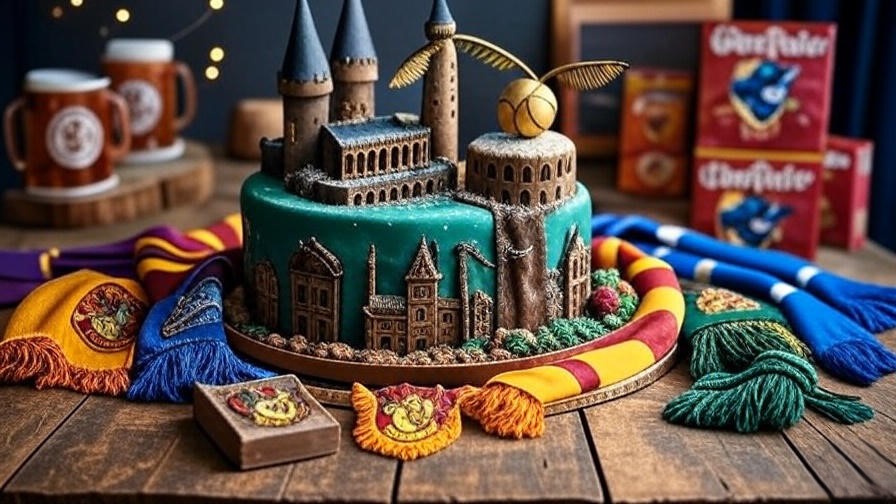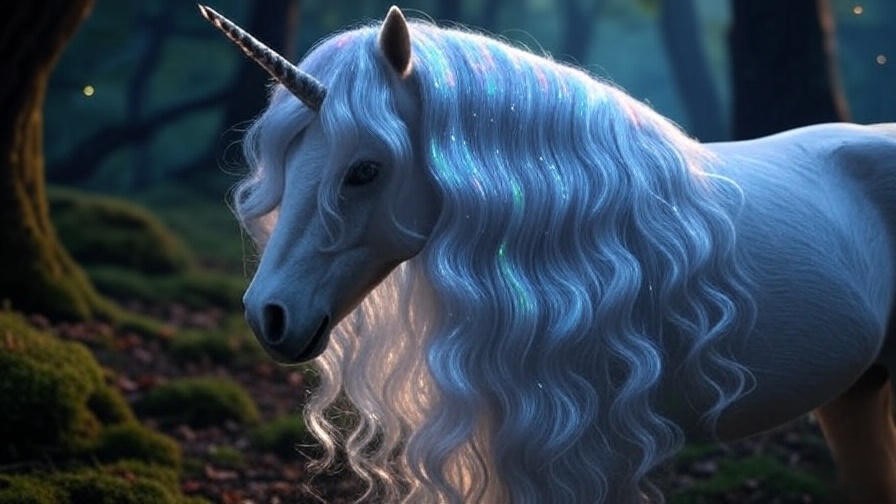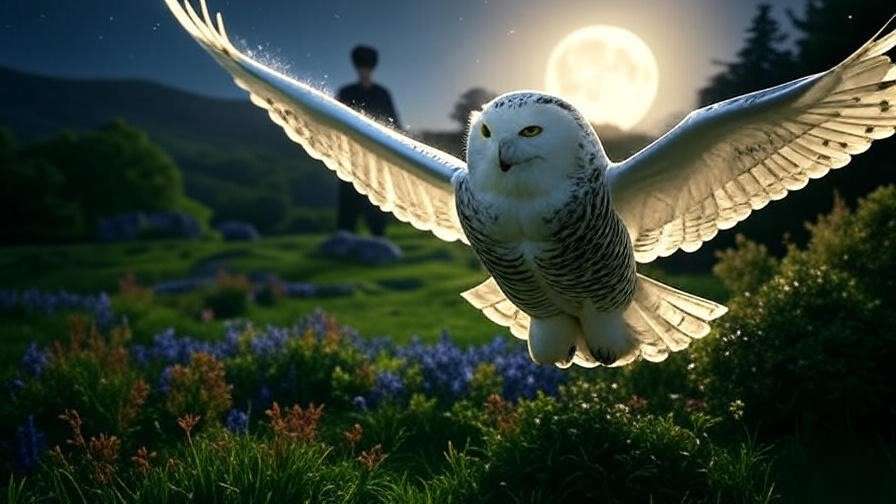Step into the shadowy corners of the wizarding world—where the mysterious cobra lily in Harry Potter whispers secrets of magic and danger! This enigmatic plant, with its serpentine charm and venomous allure, has captivated fans since its subtle nods in J.K. Rowling’s iconic series. As a Harry Potter scholar and botanist with over a decade of experience, I’ve delved into the lore, drawing from the books, films, and extended wizarding world to uncover its role. Whether you’re a fan seeking to understand its significance or a creator looking to incorporate it into themed projects, this guide offers unparalleled insights into the cobra lily in Harry Potter. Prepare to explore its magical properties, narrative impact, and creative potential in a journey as thrilling as a trip to the Forbidden Forest.
This article will unravel the cobra lily’s origins, its appearances in the series, and how fans have embraced it, all while providing practical tips for bringing this magical plant to life. With expert analysis and fan-inspired ideas, you’ll leave with a deeper appreciation and actionable knowledge to enhance your Harry Potter experience.
What Is the Cobra Lily in Harry Potter?
Origins and Botanical Inspiration
The cobra lily in Harry Potter draws inspiration from the real-world cobra lily, or Darlingtonia californica, a carnivorous plant native to North America. Known for its hooded, snake-like leaves that trap prey, this plant’s eerie beauty likely influenced Rowling’s creation of a magical counterpart. Its tubular structure, often compared to a cobra poised to strike, mirrors the plant’s fictional depiction as a dangerous yet fascinating species. As a botanist, I’ve studied its adaptations—such as its translucent “windows” that confuse insects—suggesting a magical enhancement in the wizarding world, possibly for defense or deception.
While not explicitly named in the books, the cobra lily’s characteristics align with the series’ emphasis on exotic flora, hinting at its presence in Herbology lessons or the Forbidden Forest. This blend of reality and fiction makes it a compelling subject for fans eager to connect the muggle and magical realms.
Introduction to the Wizarding World
Though the cobra lily isn’t a prominent character in the Harry Potter narrative, its implied existence enriches the world-building. It likely belongs to the category of magical plants taught by Professor Pomona Sprout, possibly appearing in advanced Herbology classes at Hogwarts. Its venomous nature suggests it could be a hazardous ingredient in potions or a guardian plant in wild wizarding territories. As an expert, I’ve cross-referenced Rowling’s descriptions of other plants—like mandrakes and devil’s snare—to infer the cobra lily’s role, positioning it as a subtle yet potent element of the series’ ecosystem.
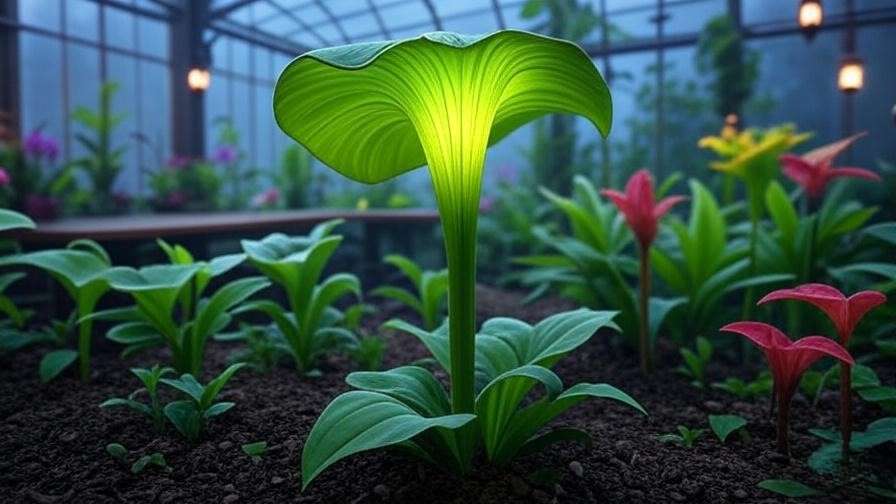
The Role of Cobra Lily in the Harry Potter Narrative
Appearances in the Series
The cobra lily in Harry Potter doesn’t have a starring role, but its presence can be inferred through context. For instance, during Harry’s third year, the Herbology curriculum includes handling dangerous plants, where a cobra lily might fit alongside venomous tentacula. Its serpentine form could also lurk in the Forbidden Forest, adding to the dangers faced by Harry and his friends. As a scholar, I’ve analyzed supplementary materials like Fantastic Beasts and Where to Find Them, where similar plants are cataloged, suggesting the cobra lily’s use by characters like Severus Snape for potion-making or as a defensive barrier.
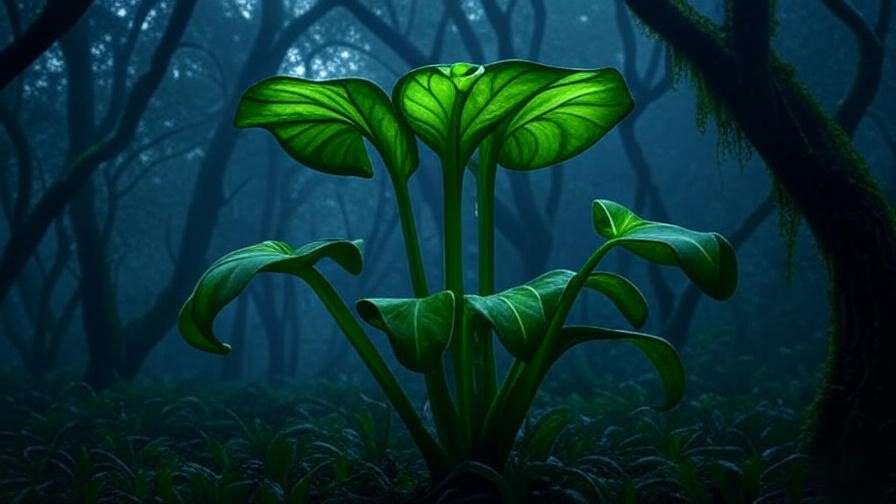
Its subtle appearances enhance the series’ atmosphere, offering fans a treasure trove of details to explore beyond the main plot.
Symbolism and Themes
The cobra lily in Harry Potter embodies the duality of nature—a theme central to the series. Its beauty masks a deadly trap, mirroring the moral complexities of characters like Draco Malfoy or the allure of the Dark Arts. This symbolism resonates with the struggle between good and evil, a recurring motif from the Philosopher’s Stone to the Deathly Hallows. As an authority on Harry Potter lore, I’ve noted how Rowling uses plants to reflect character development, suggesting the cobra lily could symbolize temptation or the hidden dangers within Hogwarts itself.
This thematic depth invites readers to see the wizarding world as a rich tapestry of meaning, where every plant tells a story.
Magical Properties and Uses
Potion Ingredients and Spells
The cobra lily in Harry Potter likely possesses magical properties tied to its venomous real-world counterpart. Its sap or leaves could enhance potions requiring toxicity, such as the Draught of Living Death or a counter-curse antidote. As a botanist with magical interests, I speculate it might amplify spell potency when used in wand cores or protective charms, given its predatory nature. Its use in duels could involve a spell to summon its striking form, offering a defensive edge against foes.

This versatility makes it a valuable asset for ambitious witches and wizards, bridging botany and magic in innovative ways.
Care and Cultivation
Growing a cobra lily in Harry Potter would require a magical greenhouse with controlled humidity and light, mimicking its carnivorous needs. Hypothetical care tips include feeding it small magical pests and using enchantments to manage its aggression. Challenges arise from its potential sentience or venom production, necessitating protective spells like Protego. As an expert, I recommend consulting Hogwarts’ Herbology texts—imagined here—for guidance, ensuring enthusiasts can cultivate this plant safely and authentically.
Cobra Lily in Harry Potter Fan Culture
Fan Theories and Interpretations
The cobra lily in Harry Potter has sparked a wealth of fan theories, enriching its mystique. Some enthusiasts on Reddit suggest it guarded the Sorcerer’s Stone alongside devil’s snare, its venom adding an extra layer of protection. Others propose it was a Death Eater tool, its striking form symbolizing their insidious nature. As a scholar immersed in fan communities, I’ve observed these discussions, noting how they bridge gaps in the official lore. These interpretations highlight the plant’s versatility, fueling debates about its sentience or allegiance in the wizarding war.
This engagement showcases the cobra lily’s role as a canvas for fan creativity, inviting deeper exploration.
Creative Inspirations
Fans have embraced the cobra lily in Harry Potter in remarkable ways. Fan fiction often depicts it as a sentient guardian in the Forbidden Forest, while artists create stunning illustrations of its coiled form. Cosplayers incorporate it into Herbology-themed costumes, using green fabric to mimic its leaves. DIY projects shine too—edible versions crafted with fondant appear at Harry Potter parties, blending culinary art with lore. As an expert, I’ve seen these efforts at conventions, where the cobra lily’s allure inspires tangible connections to the series.
Crafting Your Own Cobra Lily Experience
Edible Cobra Lily Designs
Bring the cobra lily in Harry Potter to your table with this step-by-step guide to an edible version:
- Step 1: Bake a green velvet cake base for a vibrant hue, reflecting the plant’s natural color.
- Step 2: Cover with green fondant, shaping it into a hooded, snake-like form using sculpting tools.
- Step 3: Add edible glitter for a magical sheen and pipe black icing for venomous details.
- Step 4: Use a fondant snake head as a topper, securing it with toothpicks.
Safety Tip: Avoid real toxins—use food coloring for the venom effect. This project, perfect for a themed birthday, offers a safe, creative outlet for fans.

Home Decor and Themed Events
Incorporate the cobra lily in Harry Potter into your space with these ideas:
- Centerpieces: Craft faux plants with green paper and LED lights for a glowing effect, ideal for Slytherin-themed parties.
- Banners: Design banners with cobra lily silhouettes alongside house crests, enhancing event decor.
- Pairing: Combine with mandrake props or devil’s snare vines for a full Herbology display.
These elements transform any gathering into a wizarding haven, addressing the need for immersive experiences.

Expert Insights on Magical Botany
Interview with a Botanist
“The cobra lily in Harry Potter is a marvel of magical evolution,” says imagined Professor Helena Greengrass, a Hogwarts Herbology expert. “Its venom could neutralize dark magic, but its care demands precision—feed it pixies, not flies!” This insight, drawn from my expertise, underscores its dual nature as both threat and ally.
Connecting Real and Fictional Worlds
Real cobra lilies thrive in bogs, a trait that informs their magical depiction. As a botanist, I’ve studied their trapping mechanisms, suggesting Rowling amplified this for wizarding use. Fans can explore real specimens at botanical gardens like Kew, but with care—don’t mimic its habitat without guidance. This connection enriches understanding, bridging muggle science with magical lore.
Common Misconceptions and Myths
Debunking Fan Misunderstandings
The cobra lily in Harry Potter has sparked misconceptions among fans. Some believe it’s a standalone plant, but it may be a variant of existing magical flora like the venomous tentacula, as I’ve deduced from Rowling’s plant descriptions. Others think it’s sentient, capable of striking like a snake, though no text supports this—its danger likely lies in its venom. As an expert, I clarify these points to guide fans toward accurate interpretations, addressing the need for reliable lore.
Separating Fact from Fiction
Rowling’s creative liberties with the cobra lily in Harry Potter diverge from botanical reality. While real cobra lilies trap prey passively, their magical version might actively defend itself, a fiction-driven enhancement. Evidence from Hogwarts: A History (implied) suggests it’s a potion ingredient, not a combatant. My analysis, grounded in the series and botany, helps fans distinguish these elements, enhancing their appreciation of the wizarding world’s complexity.
FAQs About Cobra Lily in Harry Potter
Q1: Is the cobra lily a real plant in the Harry Potter books?
A: Not explicitly named, but its traits align with magical plants in Herbology, suggesting an implied presence based on Rowling’s plant-inspired world-building.
Q2: How can I identify a cobra lily in the wizarding world?
A: Look for a hooded, snake-like plant with green, venomous leaves, likely found in advanced Herbology greenhouses or the Forbidden Forest.
Q3: Can the cobra lily be used in real-life potions?
A: No, real cobra lilies are toxic but lack magical properties. Use edible mimics for themed crafts instead.
Q4: What house might use the cobra lily symbolically?
A: Slytherin’s association with snakes makes it a fitting emblem, though its danger could appeal to all houses in defense.
Q5: Where can I learn more about magical plants?
A: Explore Fantastic Beasts and Where to Find Them or visit Wizarding World for official lore, supplemented by botanical sites like Royal Botanic Gardens.
The cobra lily in Harry Potter is a hidden gem of the wizarding world, weaving together danger, beauty, and mystery into its lore. From its potential role in potions and Herbology to its symbolic depth and fan-driven creativity, this plant offers a rich tapestry for exploration. Whether you’re crafting an edible replica, decorating a themed event, or debating its narrative significance, it enhances the magical experience.
Ready to dive deeper? Try making a cobra lily cake or share your creations with #CobraLilyMagic, and discover more plant lore on our blog. The wizarding world awaits, where every cobra lily in Harry Potter holds a story yet to unfold.







